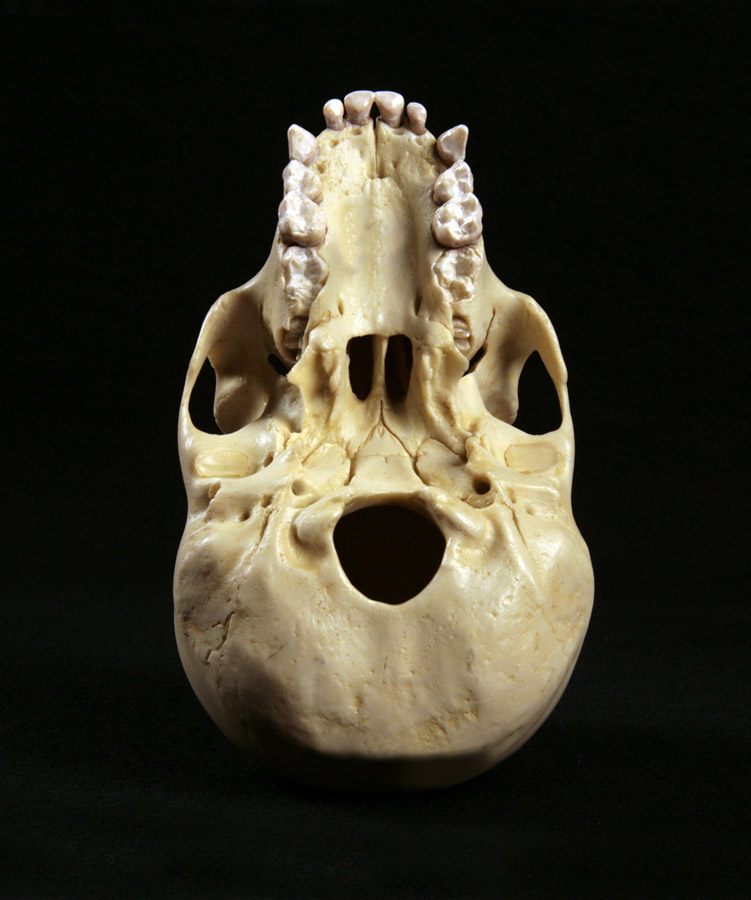

It's a cast of a known species," Naish said. "We can straight away shut down the idea that it might be a real skull of an unknown primate. "Also, it seems to be identical to commercially available casts of a specific gorilla skull." "This is undoubtedly a gorilla skull, as is obvious from numerous anatomical details, and as verified by a list of experts," Darren Naish, a vertebrate paleontologist and science communicator in the U.K., told Live Science in an email.

In the tweet, Wang includes a side-by-side comparison of the AliExpress product and the photos shared by Peterson. There are also a number of Museum publications on the Piltdown story.Yinan Wang, a graduate student in the Geospatial Intelligence program at Johns Hopkins University, geologist and author of " The 50 State Fossils: A Guidebook for Aspiring Paleontologists" (Schiffer Publishing, Ltd., 2018), noted that Peterson's skull closely resembles a cast of a gorilla skull that's available for purchase on AliExpress. The Museum also has a large collection of photographs of the original findings and cranial restoration. We hold many documents and photographs relating to the Piltdown Man, including correspondence between Woodward Smith and Dr Oakley and communications within the Museum’s palaeontology department. The conclusion: Piltdown Man was an audacious fake and a sophisticated scientific fraud. They also discovered that most of the finds from the Piltdown site had been artificially stained to match the local gravels.

Scratches on the surfaces of the teeth, visible under the microscope, revealed that the teeth had been filed down to make them look human. Their results showed that the skull and jaw fragments actually came from two different species, a human and an ape, probably an orangutan. This eliminated the possibility of the Piltdown Man being the missing link between humans and apes as at this point in time humans had already developed into their Homo sapiens form.įollowing this, biological anthropologist Dr Joseph Weiner and human anatomist Wilfrid Le Gros Clark, both from Oxford University, worked with Dr Oakley to further test the age of the Piltdown findings. However, in 1949 new dating technology arrived that changed scientific opinion on the age of the remains Using fluorine tests, Dr Kenneth Oakley, a geologist at the Natural History Museum, discovered that the Piltdown remains were only 50,000 years old.

For the most part, their story was accepted in good faith. They announced their discovery at a Geological Society meeting in 1912. Smith Woodward made a reconstruction of the skull fragments, and the archaeologists hypothesised that the find indicated evidence of a human ancestor living 500,000 years ago. They found a set of teeth, a jawbone, more skull fragments and primitive tools, which they suggested belonged to the same individual. He had found part of a human-like skull in Pleistocene gravel beds near Piltdown village in Sussex, England.ĭawson wrote to Arthur Smith Woodward, Keeper of Geology at the Natural History Museum at the time, about his find.ĭawson and Smith Woodward started working together, making further discoveries in the area. In 1912 Charles Dawson, an amateur archaeologist claimed to have discovered the ‘missing link’ between ape and man.


 0 kommentar(er)
0 kommentar(er)
